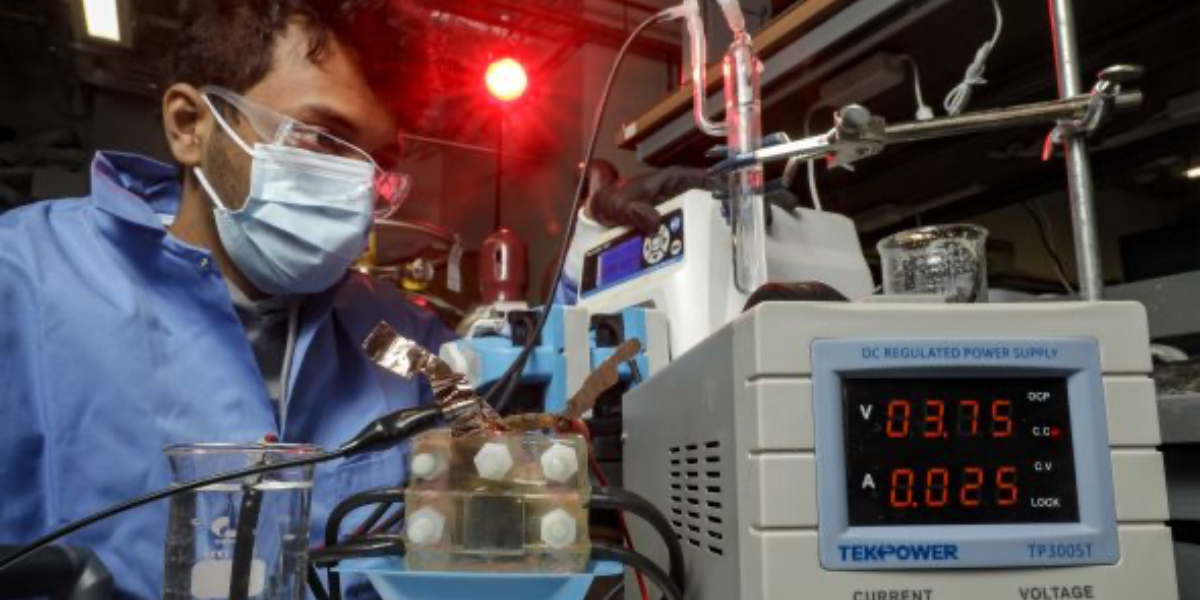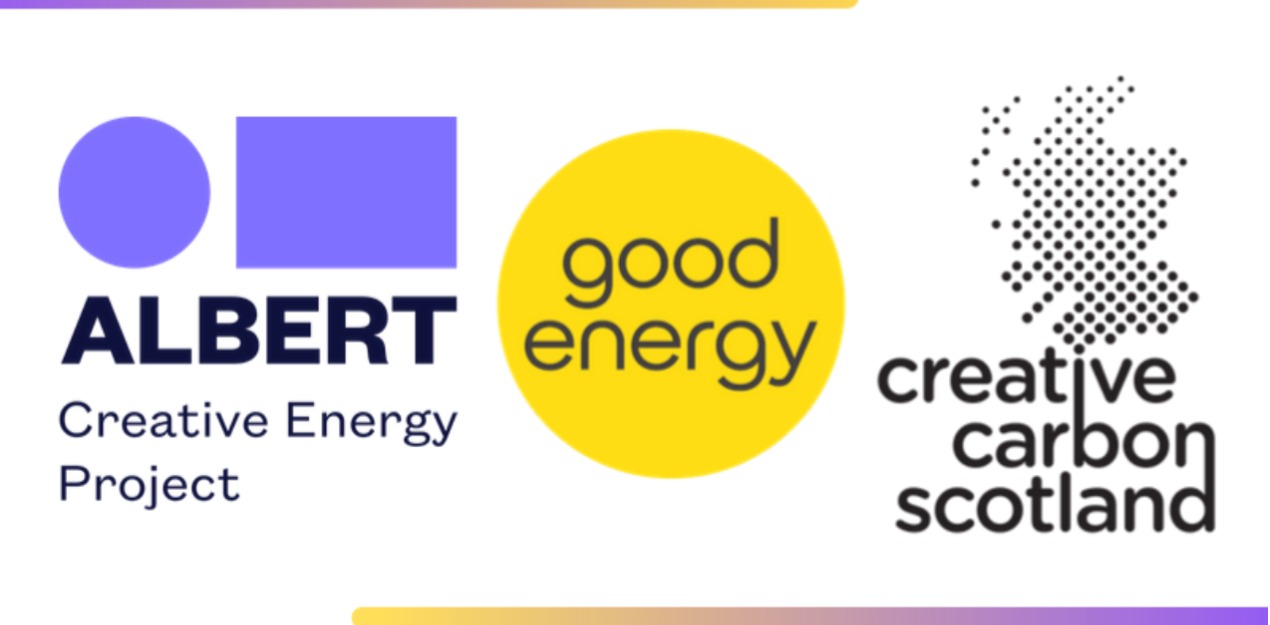AWARD YEAR
2023
CATEGORY
Community
GOALS
Affordable & Clean Energy
KEYWORDS
artificial leaf, carbon
COUNTRY
United States of America
DESIGNED BY
UIC, Argonne National Laboratory, Oklahoma State University and Braskem
WEBSITE
https://today.uic.edu/stackable-artificial-leaf-uses-less-power-than-lightbulb-to-capture-100-times-more-carbon-than-other-systems
Artificial Leave
Stackable artificial leaf uses less power than lightbulb to capture 100 times more carbon
How does it work?
“Our artificial leaf system can be deployed outside the lab, where it has the potential to play a significant role in reducing greenhouse gases in the atmosphere thanks to its high rate of carbon capture, relatively low cost and moderate energy, even when compared to the best lab-based systems,” said Meenesh Singh, assistant professor of chemical engineering in the UIC College of Engineering and corresponding author on the paper.
Why is it needed?
Using a?previously reported theoretical concept, the scientists modified a standard artificial leaf system with inexpensive materials to include a water gradient — a dry side and a wet side — across an electrically charged membrane.
On the dry side, an organic solvent attaches to available carbon dioxide to produce a concentration of bicarbonate, or baking soda, on the membrane. As bicarbonate builds, these negatively charged ions are pulled across the membrane toward a positively charged electrode in a water-based solution on the membrane’s wet side. The liquid solution dissolves the bicarbonate back into carbon dioxide, so it can be released and harnessed for fuel or other uses.
The electrical charge is used to speed up the transfer of bicarbonate across the membrane.
How does it improve life?
“It’s particularly exciting that this real-world application of an electrodialysis-driven artificial leaf had a high flux with a small, modular surface area,” Singh said. “This means that it has the potential to be stackable, the modules can be added or subtracted to more perfectly fit the need and affordably used in homes and classrooms, not just among profitable industrial organizations. A small module of the size of a home humidifier can remove greater than 1 kilogram of CO2 per day, and four industrial electrodialysis stacks can capture greater than 300 kilograms of CO2 per hour from flue gas.”



